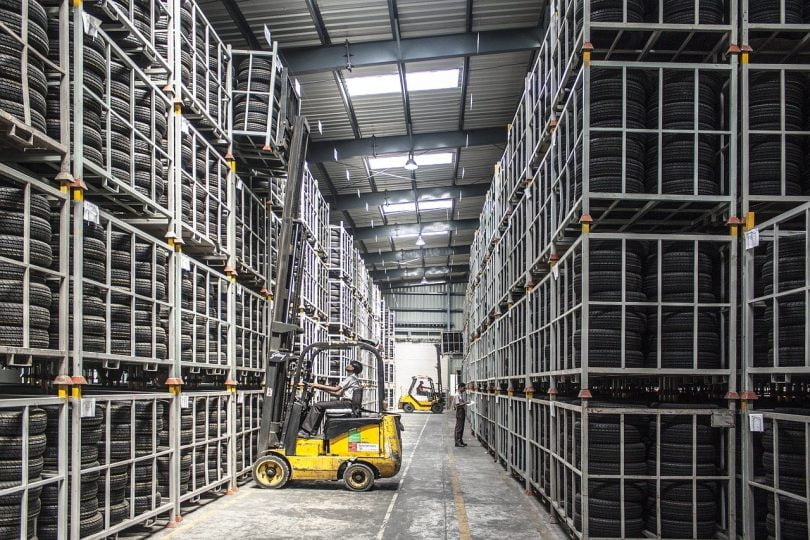Traditional structures may have had their years of dominance, but modular and portable structures have now put that dominance under considerable threat. While many people are still more comfortable with the construction process of a traditional building — others, including the defense sector now rely on these structures because of their fast construction times.
One of the first sectors to rely on modular and portable structures was the defense sector. Since some of these structures can be temporarily assembled and then disassembled, the defense sector relies on them to accommodate their troops on the battlefield.
In this post, we will look at what modular and portable structures are and their advantages to the defense sector.
A Quick Look at Modular and Portable Structures
Modular structures are often portable and are manufactured offsite. This means that they are constructed or prefabricated in a factory then transported to the field for assembly. As a result, modular structures are often constructed in about half the time it would take for a traditional building.
The concept of modular and portable structures has come into the spotlight in the 21st century. However, this building concept had already existed for several decades. Hence, it is not a new concept. In fact, some studies indicate that the concept has been around since the 1600s.
While some reports suggest that modular and portable structures were initially implemented by the defense sector, other sectors have since depended on the evolution of these structures to meet their needs. Click here for more information.
Let’s take a quick look at the types of modular and portable structures
Types of Modular and Portable Structures for the Defense Sector
As the name implies, modular structures are manufactured in modules with almost all appliances, cabinets, and other finishes pre-installed in the factory. Here are the two categories of modular and portable structures that can be used by the defense sector.
- RELOCATABLE MODULAR STRUCTURES: This modular structure category is mostly used by the defense sector on the battlefield or during peacekeeping missions. The reason for this is that they are temporary in nature and as a result can be assembled and then disassembled whenever the need arises. They are also best suited as temporary alternatives for military clinics at the conflict’s front line. They are extremely portable and can be assembled quickly.
- PERMANENT STRUCTURES: This category of the modular structure is rarely used on the battlefield but sometimes used in peacekeeping missions. They are often larger than the relocatable modular structure and are often used by the defense sector on military bases.
Advantages of Modular and Portable Buildings in the Defense Sector
Here are a few reasons why modular and portable buildings are perfect for the defense sector:
- Since the time for the construction of modular structures is smaller than that for traditional buildings, there will be little or no interference with military bases’ operations during construction. This means that training can go on without being hindered by the construction process.
- These buildings are already manufactured offsite. This significantly saves on construction time. It also reduces any risks related to security and safety.
- Modular Structures are so portable and user-friendly that they are incredibly customizable.
In conclusion, modular and portable buildings help fill several voids that traditional buildings may not be able to in the defense sector.









